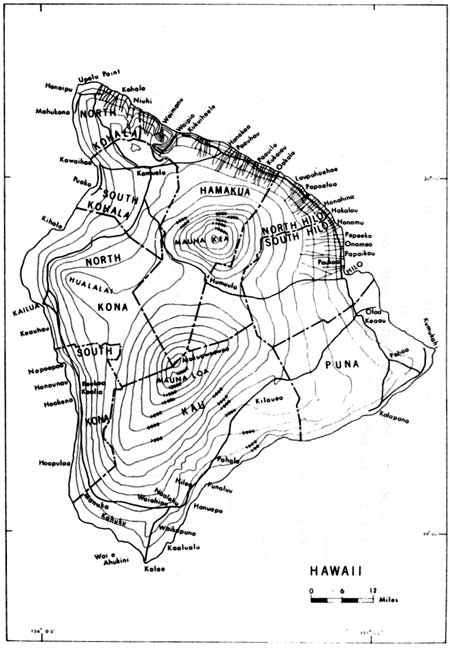
INTRODUCTION
By Marian Albright Schenk
FOREWORD
By Dean Knudsen
SECTION 1
Primary Themes of Jackson's Art
SECTION 2
Paintings of the Oregon Trail
SECTION 3
Historic Scenes From the West
 |
| In 1926 William Henry Jackson revisited the site of Three Crossings Station. About the only thing left were the grave markers of soldiers killed in the raids that had taken place 50 years earlier. A note identifies the men as simply, "Newburg, WHJ and Ellison" (SCBL 2685) |

Section 2: Paintings of the Oregon Trail
THREE CROSSINGS STATION
The Sweetwater River, in central Wyoming, is notorious for twisting back on itself. This sometimes made it necessary for overland emigrants to cross the meandering stream several times within a short distance. Such a place on the Oregon Trail became the site for a road ranch that started out as station for the Pony Express. An early description of this station is given by Richard Burton, an English traveler and adventurer who visited Three Crossings Station in August of 1860. Burton found a surprisingly civilized home in the middle of the Wyoming wilderness:
The little ranch was neatly swept and garnished, papered and ornamented. . . The tablecloth was clean, so was the cooking. . . After a copious breakfast, which broke the fast of four days that had dragged on since our civilized refection at Fort Laramie, we spread our buffalos and water-proofs under the ample eaves of the ranch, and spent the day. . . snoozing, dozing, chatting, smoking, and contemplating the novel.1
Burton apparently had plenty of time to form a positive impression of the station, despite its isolation:
Straight before us rose the Rattlesnake Hills, a nude and grim horizon, frowning over the soft and placid scene below, while at their feet flowed the little river—purling over its pebbly bed with graceful meanderings. . . While contrasting with the Green River Valley and the scorched and tawny rock-wall, patches of sand-hill, raised by the wind, here and there cumbered the ground. . . We supped in the evening merrily. It was the best coffee we had tasted since leaving New Orleans. . .2
 |
| "Virginia Dale Station"—Jackson based this painting on a photograph he had taken in the 1870s. Located in southeastern Wyoming on the Overland Trail, this stage station saw much more traffic when the Platte River route was temporarily closed in 1864. (SCBL 277) |
During the Civil War, a military outpost was established near Three Crossings Station. The Pony Express was no longer running, but the soldiers were needed to protect overland travelers and maintain the transcontinental telegraph line. A detachment of Company G, 11th Ohio Volunteer Cavalry, was detailed to serve at Three Crossings, and in 1864 and 1865, all of the stations on the Sweetwater River, including Three Crossings Station were repeatedly attacked by Sioux and Cheyenne war parties.
When Jackson camped near Three Crossings Station on the evening of August 25, 1866, the prospect of Indian attacks and the tensions among the teamsters weighed heavily on his mind. As such, he made little mention of what he saw there, other than to make the cryptic notation:
In P.M. made quite a long drive & corralled under the bluffs near the 3 crossings. The country looks more desolate than ever, if possible. The howling of the wolves at night is still as prevalent as ever.3
1. Richard Burton, The City of the Saints and Across the Rocky Mountains to California (New York City: Alfred A. Knopf, 1963), 154.
2. Ibid., 157.
3. Hafen, Jackson Diaries, 69.
 |
| Three Crossing Station. Signed and dated 1933. 23.5 x 33.0 cm. (SCBL 33) |
 |
scbl/knudsen/sec2p.htm Last Updated: 14-Apr-2006 |
 |